Law on Nursing Home Falls
Nursing Home Neglect Law on Nursing Home Falls and Opinions
Related state and federal law on nursing home falls and prevention on accidents. Most falls are preventable with proper care and training of the staff. The fall risks need to be assessed for each resident and a care plan developed for to help reduce the likelihood of fall events.
Minnesota State Law on Nursing Home Falls
Minnesota Statute 626.5572, Subd. 3. Accident. “Accident” means a sudden, unforeseen, and unexpected occurrence or event which:
(1) is not likely to occur and which could not have been prevented by exercise of due care; and
(2) if occurring while a vulnerable adult is receiving services from a facility, happens when the facility and the employee or person providing services in the facility are in compliance with the laws and rules relevant to the occurrence or event.
Federal regulations and law on nursing home falls, F Tag 323; CFR 483.25(h)(1) Accident:
The facility must ensure that the resident environment remains as free of accident hazards as is possible.
Information Beyond Law on Nursing Home Falls
Many falls that occur to the elderly are AVOIDABLE if:
- proper assist when needed?
- given adequate supervision when needed?
- no medication problems?
- redirected when necessary for resident safety?
Why is it important to avoid FALLS and fractures?
- Already frail
- Osteoporosis
- Fractures lead to pneumonia and death
Excessive bedrest causes:
- Weak or ineffective cough
- Lungs Compress and fail to expand fully “atelectasis”, making infection more likely
- Aspiration of Food or Upper Airway Secreations
- Delirium related to post-anesthesia complications, pain, or the side effects of pain medications
- Poor Nutrition causing muscle weakness, which affects ability to cough, take breaths and coordinate swallowing muscles
Deaths related to falls can occur immediately, (subdural hematomas) But, often can take 6-12 months or more to occur due to cause death.
Additional Risks from Falls:
- UTI from indwelling bladder catheters and because of urinary incontinence related to fracture
- Surgical Wound Infections
- Blood Clots, Malnutrition, Pressure Ulcers, and Additional Fall Related to Fractures
- Further Additional Falls
Falls – A Minnesota and National Public Health Concern
- Falls are the number one cause of trauma deaths, non-fatal major trauma and other trauma care in Minnesota. The vast majority of these cases are among older Minnesotans.
- Minnesota’s fall death rate is almost twice the national average and it is increasing. Every hour an older adult dies as the result of a fall.
- The total costs for non-fatal falls among Minnesotans 65 years of age and older were $162 million for hospital charges and $20.4 million for emergency department charges in 2005.
- Hip fractures are among the most serious fall-related injuries. Twenty percent die within the first year post-fracture, half never regain their previous level of functioning, and many are unable to live independently after their injury.
- Falls among the elderly are driving health care costs and significantly impacting quality of life for our older adults.
Visit the Minnesota Falls Prevention Initiative website at http://www.mnfallsprevention.org/ The website contains more detailed information related to conducting fall risk screenings and assessments, implementing falls prevention interventions in your community, linking community
Contact an Experienced Attorney
For more information on the law on nursing home falls, fractures or if you or a loved one has suffered an injury from neglect or abuse in a nursing home or other care facility that serves the elderly in Minnesota. Please contact our firm for a free consultation and information regarding the obligations of the facility and your rights as a resident or concerned family member.
To contact Attorney Kenneth L. LaBore directly please send an email to KLaBore@MNnursinghomeneglect.com or call Ken at 612-743-9048 or toll free at 1-888-452-6589.


